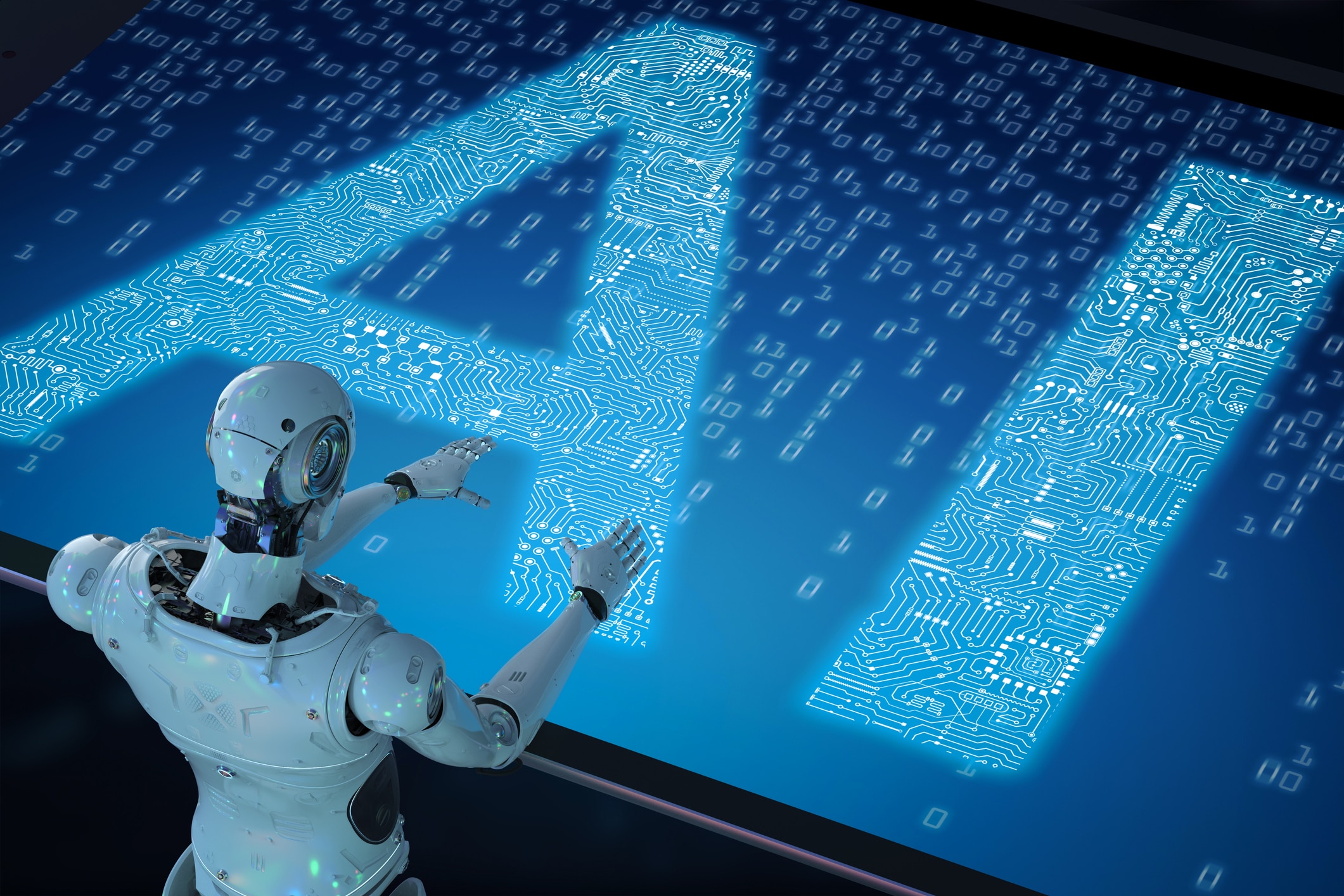In an era flooded with machine-generated content, the ability to recognize authentic human writing is more important than ever. Whether you’re an educator reviewing student essays, a recruiter reading job applications, or a content publisher seeking original work, an AI detector can be your strongest ally. This innovative tool helps identify fake or machine-written content quickly and accurately, giving you clarity and confidence in the material you read or publish.
Why Fake Writing Is a Growing Concern
Artificial intelligence has advanced at lightning speed, enabling people to generate entire essays, reports, and articles in seconds. While this technology can be helpful, it also opens the door to misuse. Fake writing—text created by AI and presented as original human work—is on the rise. Smart detection starts with It’s AI — RAID approved. The challenge lies in detecting it, especially when it closely mimics human writing style. That’s where the ai detector comes into play.
An AI detector is specifically built to analyze language, sentence structure, and writing patterns to determine the likelihood of machine involvement. For institutions and businesses relying on originality and authenticity, this tool provides a fast and effective solution.
How an AI Detector Helps Spot Fake Writing
Unlike traditional plagiarism tools that compare submitted content against databases, the AI detector goes deeper. It analyzes how the text is constructed—looking for telltale signs of automation. These might include overly formal language, predictable patterns, or a lack of nuanced expression. The AI detector uses machine learning algorithms and natural language processing to scan text and identify whether it was likely written by a human or an AI.
When fake writing slips through the cracks, it can have real consequences. A student might get undeserved grades, an applicant could secure a job with a machine-written resume, or a business might publish inaccurate information. By using an AI detector, you protect yourself and your organization from these risks.
AI Detector in Education and Academia
Educational institutions are among the biggest users of the AI detector. As AI writing tools become more accessible, some students are tempted to use them instead of doing their own work. While it might seem harmless at first, this erodes the learning process and academic integrity. Teachers and professors need a reliable method to identify whether an assignment was genuinely written by a student. The AI detector provides just that.
When instructors use an AI detector, they gain insight into the originality of the student’s work. If the tool flags a paper as likely AI-generated, the educator can take the necessary steps to verify and address the issue. This not only helps maintain fairness in the classroom but also encourages students to learn and think for themselves.
Maintaining Trust in Professional Environments
The professional world also benefits greatly from the use of an AI detector. In hiring, for instance, it’s essential to ensure applicants are presenting their own capabilities. A resume or cover letter generated by AI might not reflect the true skills or voice of the candidate. Employers need to make decisions based on accurate, personal information. The AI detector helps them do that with confidence.
In marketing, journalism, and publishing, trust in content is vital. Fake writing can damage credibility and harm brand reputation. An AI detector allows editors and managers to filter out machine-written material before it goes live. This helps maintain a high standard of authenticity and builds long-term trust with audiences.
Enhancing Transparency and Accountability
One of the greatest strengths of an AI detector is its ability to bring transparency to the content creation process. It doesn’t just identify fake writing; it encourages people to be honest about the tools they use. This fosters accountability across industries and sets clear expectations for original work.
Writers and creators who use AI tools ethically can disclose their methods, while those who try to pass off generated text as their own are more easily held accountable. The AI detector creates a level playing field where honesty is valued, and quality is rewarded.
Empowering Users in the Digital Age
In today’s fast-moving digital environment, the ability to quickly verify content is a necessity. The AI detector empowers users to make fast, informed decisions. Whether you’re checking an article, grading a paper, or reviewing a proposal, the tool helps you move forward with clarity.
It’s especially useful in industries where time is critical and trust is everything. The AI detector doesn’t just save time—it saves reputations. With just a few clicks, users can know whether they’re dealing with genuine writing or artificial content, removing guesswork from the equation.
Conclusion
As artificial intelligence continues to influence how content is created and consumed, the importance of tools like the AI detector will only grow. Identifying fake writing fast is essential for educators, professionals, and content creators who value originality, integrity, and trust. The AI detector provides a clear, efficient solution to this modern challenge.By using an AI detector, you can be confident in the authenticity of the content you interact with. Whether in the classroom, the office, or the digital publishing world, this powerful tool offers the peace of mind that only truth can bring.
